Amidst the majestic Quang Ngai mountains and blue waters, where green mountains and blue waters embrace the H're villages, the gong's rhythm still echoes, like the immortal breath of a thousand-year-old culture.
To keep the spirit of the gong from fading away, two excellent artisans Dinh Van Nguoc and Dinh Van Trui (H're ethnic group, Dong Can village, Minh Long commune) not only master the skills of playing gongs but also tirelessly teach and preserve this precious heritage.
Preserving identity
Every Sunday afternoon, the yard of artisan Dinh Van Nguoc (born in 1967) is filled with the sound of gongs. The gong sounds are sometimes deep and solemn, sometimes high-pitched, blending with the mountain wind, spreading throughout the space.
Born into a family with a tradition of playing gongs, Mr. Nguoc soon immersed himself in ancient melodies and was passionate about gong sounds from his childhood. Growing up, he was taught by his father and uncle and by the age of twenty, he had mastered all the gong melodies.
Mr. Nguoc explained that the H're gong set consists of three gongs of different sizes: the Vong gong (largest), the Tum gong (smaller) and the Tuc gong (smallest). Each H're region has its own unique way of arranging sounds and playing gong melodies, requiring rhythmic and harmonious coordination between the players.
With the same endless passion, artisan Dinh Van Trui (born in 1969) has spent decades preserving the gong rhythm. According to Mr. Trui, the gong playing technique of the H're people is very unique: they do not use mallets but use their hands, combining skillful finger tapping and tapping techniques.
In particular, the Túc gong player creates a deep, warm tone by wrapping the right hand in cloth, while using the unique sound-muffling technique of the left hand on the inside (belly of the gong). The flexible variation of the sound-muffling technique, sometimes using the elbow, creates an attractive contrast for the trio of gongs.
The gong player must have skillful technique, extensive experience and know many gong pieces to lead the whole gong ensemble to play rhythmically and in tune.
"The best gong player will take charge of the Tuc gong, leading the entire gong ensemble to perform according to the correct piece and rhythm," Mr. Trui emphasized.
Efforts to pass on to the younger generation
Faced with the flow of integration and the gradual disappearance of elders who are knowledgeable about gongs, the sound of the gong is at risk of being forgotten. Worried about the legacy of their ancestors, two artisans Dinh Van Nguoc and Dinh Van Trui work day and night to diligently teach gong playing techniques and ancient gong songs to the younger generation.
Mr. Trui worries: "Although many young people have passion and make efforts to learn, not everyone can master all the gong tunes."
Teaching gong does not follow a rigid pattern but is flexible according to each age group, level of understanding and talent of the student. The teacher must carefully guide each small movement, from how to feel the rhythm to the technique of snapping the fingers and holding the gong.
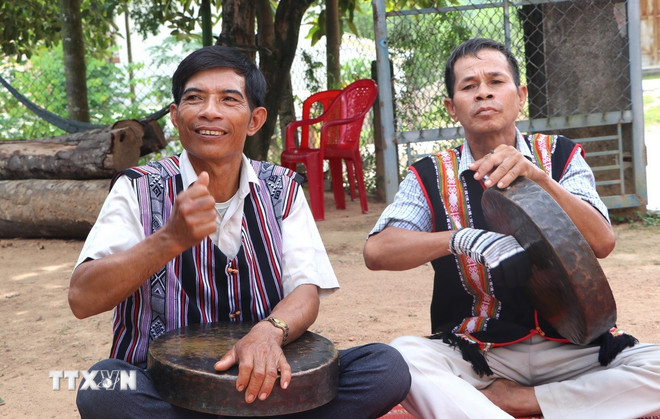
"To teach children to play gongs, first of all, we must tell them about the origin and meaning of each gong piece to inspire their passion. With the perseverance of the students and the enthusiasm of the teacher, they can play basic pieces in about four months, but it takes two to three years to master it," Mr. Nguoc shared.
Mr. Dinh Van Sinh (born in 1991, Minh Long commune) is one of the typical students, having studied with two artisans for more than 5 years. Thanks to the dedicated teaching, Mr. Sinh has not only mastered the gong playing technique but also deeply understood the responsibility of the younger generation in preserving the traditional culture of his nation.
"After listening to the two artisans' analysis, I was determined to learn how to play the gong to pass on to my descendants," said Mr. Sinh.
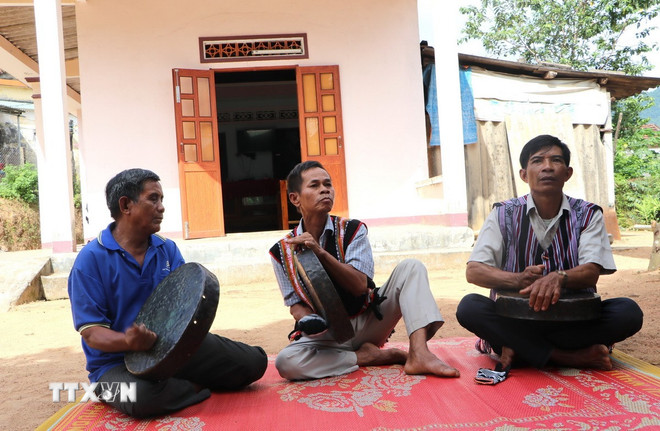
Ms. Tran Thi My Lan, Vice Chairwoman of the People's Committee of Minh Long Commune, affirmed that the two Meritorious Artists Dinh Van Nguoc and Dinh Van Trui have made great contributions to teaching, practicing and preserving the national cultural identity, creating a healthy playground, helping young people access traditional musical instruments, thereby kindling love and desire to preserve the gong rhythm.
“In recent years, Minh Long commune has proactively arranged funding to open classes to teach gongs and H're folk songs to cultural officials as well as youth union members and students. In the coming time, the locality will aim to promote other cultural values such as costumes, wine villages, weaving, combining gong cultural space with tourism to develop the economy , improve people's lives, so that the sound of gongs will forever resonate, protecting the soul of H're culture in the heart of Quang Ngai," said the Vice Chairman of the People's Committee of Minh Long commune./.
Source: https://www.vietnamplus.vn/tieng-chieng-ba-vang-vong-giua-dai-ngan-cho-che-hon-cot-van-hoa-hre-post1053638.vnp


![[Photo] Worshiping the Tuyet Son statue - a nearly 400-year-old treasure at Keo Pagoda](/_next/image?url=https%3A%2F%2Fvphoto.vietnam.vn%2Fthumb%2F1200x675%2Fvietnam%2Fresource%2FIMAGE%2F2025%2F12%2F02%2F1764679323086_ndo_br_tempimageomw0hi-4884-jpg.webp&w=3840&q=75)



![[Photo] Parade to celebrate the 50th anniversary of Laos' National Day](/_next/image?url=https%3A%2F%2Fvphoto.vietnam.vn%2Fthumb%2F1200x675%2Fvietnam%2Fresource%2FIMAGE%2F2025%2F12%2F02%2F1764691918289_ndo_br_0-jpg.webp&w=3840&q=75)







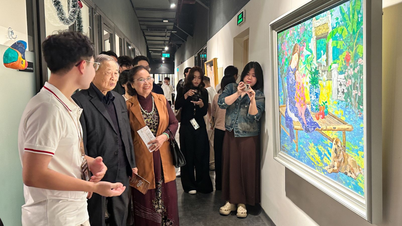




![[Video] Protecting World Heritage from Extreme Climate Change](https://vphoto.vietnam.vn/thumb/402x226/vietnam/resource/IMAGE/2025/12/03/1764721929017_dung00-57-35-42982still012-jpg.webp)

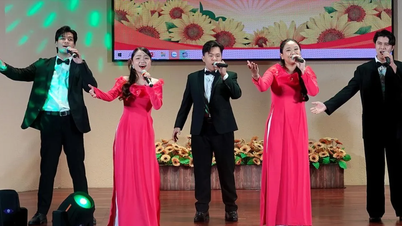



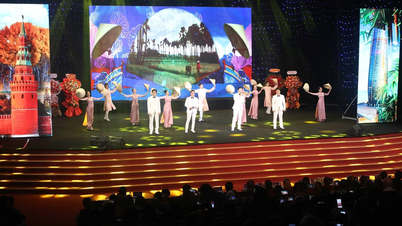
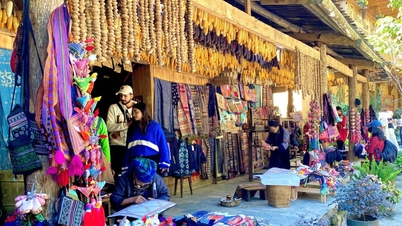


















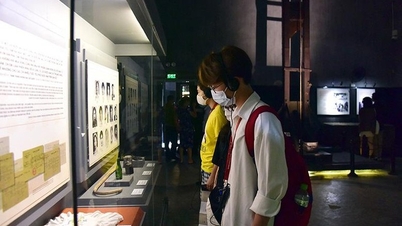




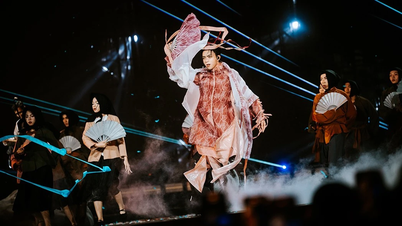










































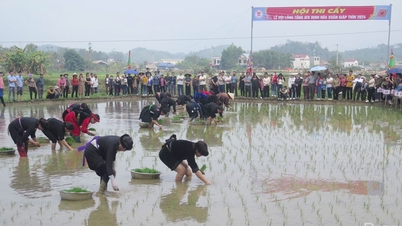

















Comment (0)